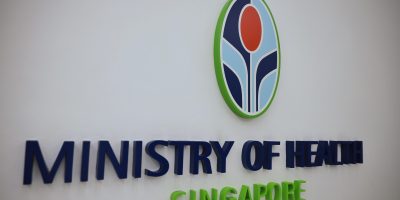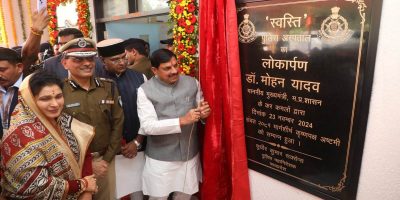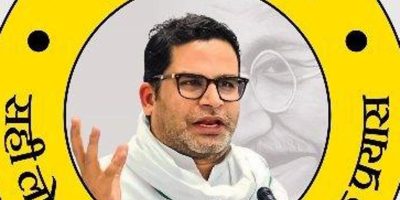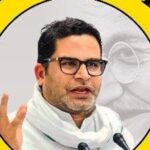London — Dr Maysoon Dahab, co-director of the Sudan Research Group at the London School of Hygiene & Tropical Medicine and lead researcher of the ground-breaking study revealing that over 61,000 people have died in Khartoum state, far exceeding previous UN estimates, discusses the study’s findings in an in-depth interview with Radio Dabanga.
Using the capture-recapture method, the research highlights the escalating toll of starvation, disease, and displacement. Dr Dahab also underscores the challenges of collecting accurate data in war zones and warns that the crisis, driven by violence and food insecurity, is far from over.
‘Capturing the unseen’
The study employed the capture-recapture method, a statistical technique designed to estimate unrecorded events. Dr Dahab explained that this method is critical in conflict zones where infrastructure and reporting systems are decimated.
“It’s about giving value and recognition to all the people who are recorded as unknowns. They are not unknowns,” – Dr Maysoon Dahab, lead researcher and co-director of the Sudan Research Group
“We’re trying to estimate the level of unrecorded deaths. Capture-recapture compares multiple sources of data to identify overlaps. If there’s little overlap, it means a higher level of invisibility in reported deaths,” Dr Dahab told Radio Dabanga.
However, the method’s accuracy depends on understanding the population size before and after the conflict, which remains as a significant challenge in Sudan. “The main issue is not just counting deaths but understanding the denominator: how many people lived in Khartoum before the war and how many remain now,” she said.
Dr Dahab noted that the war’s impact on Khartoum’s mortality rate up by 50 per cent, was calculated against outdated pre-war data. “If we had more precise baseline data, we could estimate an even higher jump in mortality.”
Starvation and disease
The study highlights how prolonged conflict exacerbates food insecurity and diseases, further increasing death tolls.
“You can be hungry for one day, two days, three days, four days. As that increases, so do your chances of getting sicker, and your ability to withstand prolonged food insecurity,” she explained.
“You become weaker and weaker. You’re displaced, moving from place to place. Even if you remain in one location, when you get sick, you can’t go to a hospital. When you become pregnant, you can’t see a doctor,” – Dr Maysoon Dahab
This trajectory signals a long-term humanitarian crisis. “It’s shaping up to be a prolonged crisis, with impacts that will last for years, particularly in terms of disease, but also in the immediate term through starvation and the ongoing conflict,” she warned.
Hidden devastation
Dr Dahab pointed out the disparity between Khartoum and other regions. While the capital has experienced a sharp increase in deaths, she cautioned that conditions elsewhere are likely worse.
“Communities that already had very limited access to health services now have nothing. Many who relied on Khartoum for treatment can no longer do so. What we see in Khartoum is a stark indicator of what’s happening elsewhere,” she explained.
The study also revealed stark regional differences in mortality causes. In Darfur and Kordofan, up to 80 per cent of deaths were caused by violence, reflecting patterns of ethnically targeted campaigns. “Those wars were fought to inflict as much violent injury as possible,” said Dr Dahab.
Barriers to assistance
Dr Dahab highlighted the difficulty of conducting research amid Sudan’s telecommunication blackouts and access restrictions. “Since the beginning of the war, access has been used itself as a weapon of war, preventing large-scale assistance from reaching even the safer areas,” she said.

Sign up for free AllAfrica Newsletters
Get the latest in African news delivered straight to your inbox
Success!
Almost finished…
We need to confirm your email address.
To complete the process, please follow the instructions in the email we just sent you.
Error!
There was a problem processing your submission. Please try again later.
Despite these challenges, she emphasised the importance of continuing such analysis to uncover the true scale of Sudan’s crisis. “We believe our estimate is solid, but it’s likely closer to the higher end of uncertainty,” she noted, adding that physical counts, such as satellite imagery of graves used in other conflicts, are impractical in Sudan, where many are buried outside formal cemeteries, or not at all.
Dr Dahab’s work is not only about statistics but also about restoring visibility to Sudan’s suffering. “We hope this study helps shed light on the true scale of this crisis,” she said.
“It’s about giving value and recognition to all the people who are recorded as unknowns. They are not unknowns.”














